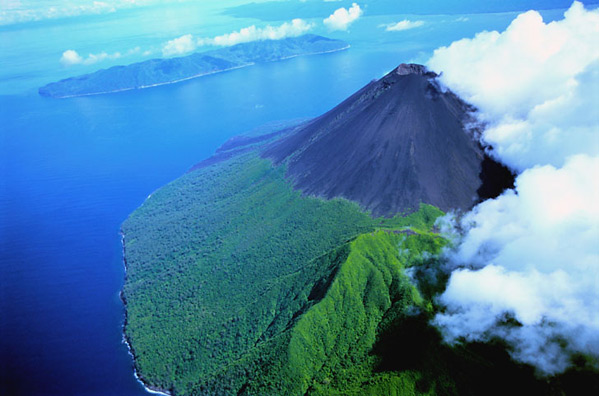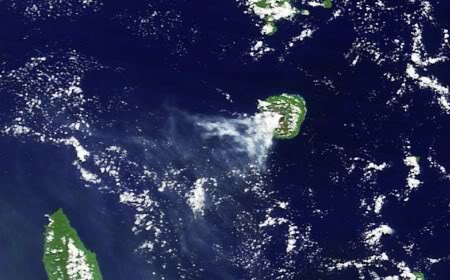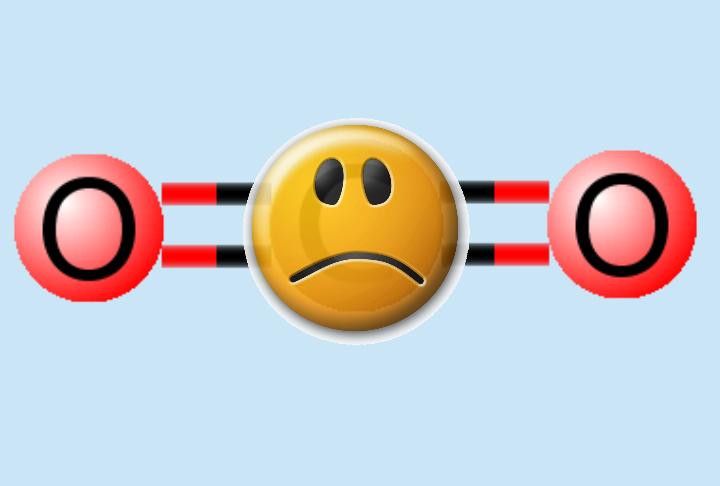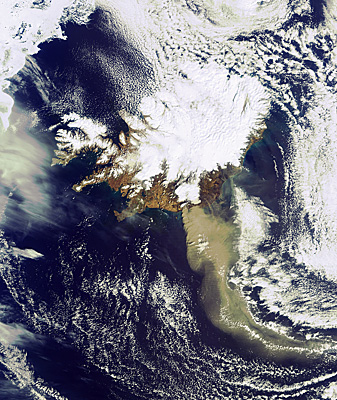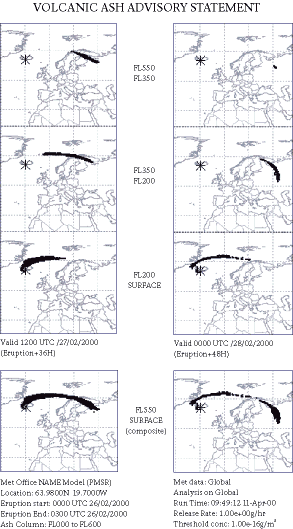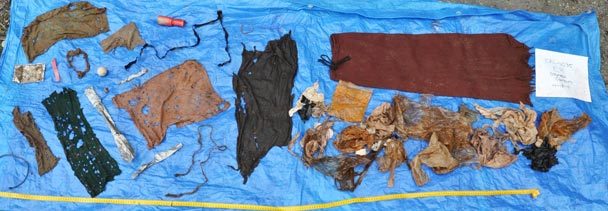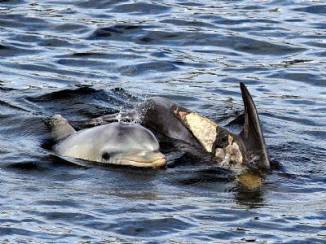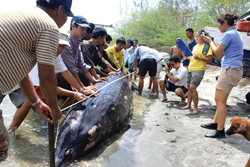
The whale, a male specimen of the Blainville's Beaked Whale (Mesoplodon densirostris), was seen circling the area for two days, then ended up dead at the seashore on Wednesday morning, witnesses said.
Residents of sitio Matangib, located near the Hanjin shipyard at the Redondo Peninsula here, said they tried to push back the whale to deeper waters, "but it kept coming back to the shallows."
The stranding was documented by authorities from the Subic Bay Metropolitan Authority's Ecology Center, the local office of the Department of Environment and Natural Resources, and the Ocean Adventure Marine Park.
Dr. Leo Suarez, a marine biologist at the Ocean Adventure, said this was the first time for biologists to document the beaching of a Blainville's Beaked Whale in the country.
"This is certainly a rare sighting," Suarez said. "I believe this is the first time that a Blainville's Beaked Whale has stranded itself here in the Philippines."
He added that the cause of the stranding was not known, as the whale species is known to inhabit waters from 1,600 to 3,000 feet deep.

